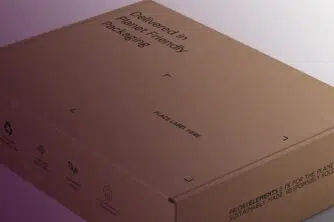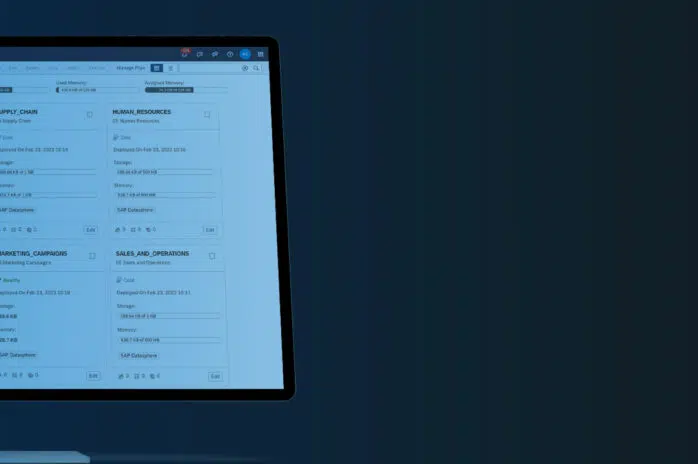One of the most powerful features of Web Intelligence (WebI) is that it enables you to mix multiple data sources together in a single report. This functionality is called ‘Data Blending’ in WebI speak, however in plain English, it is effectively adding multiple queries into a report and merging their respective dimensions together to allow for the different objects to be used together.
This is a feature more commonly seen when trying to overcome the challenge of reporting from complex data sources that aren’t geared around reporting, or for (as mentioned in the previous paragraph) for dropping data from different places into the same report. Whilst it is, and will remain, a great feature it’s not without compromise.
Data Blending means:
- A more advanced skillset is needed for report preparation, which can result in technical bottlenecks for producing reports – the holy grail of report production is self-service
- It also means reports take longer to produce, with writers having to create more variables and spend more time checking the resulting output is correct
- There is also a potential issue with the different data sources not merging cleanly, especially when you think about data granularity – this can make what should be a simple calculation much more complex
- When using an Excel spreadsheet as one of your data sources (which is one of the key file types for many organisations), the file has to be manually uploaded into the central repository, unless you put a Universe over the top of it. This moves away from having an automated data solution.
There is also an issue that is probably considered a little more than a compromise. If you are routinely having to blend data from multiple sources and then need to make a straight forward change to one of those sources, you may have to amend a lot of reports to handle that change.
So from the above points, we can say that although Data Blending is a very useful feature of WebI, having multiple data sources brought together in your reports may represent a risk to business reporting continuity.
This means it is very important to think about reporting from your data sources in more of a strategic manner. If you are likely to have a large number of WebI reports that have to look at multiple data sources, it may be better to use Data Blending to prototype the logic required for producing reports, but move the effort for preparing the data to some form of Data Transformation process. To be clear, the Data Transformation process is where you are designing the structure and processing of your reporting data, and putting it into a new Data Mart or full-blown Data Warehouse.
There are many benefits to transforming your data and if I had to pick a top 5 they would be:
1. Data is restructured to allow more people to produce their own content, more quickly, from a much simpler source
2. You are allowing your reports to refresh much more quickly
3. You are putting less memory effort on your reporting server to handle all that data
4. Changes in data can be handled to provide more history, and therefore spot more business trends
5. Data quality is handled as part of the transformation process.
There are many more benefits, however these 5 help drive a high RoI from your reporting solution.
As you can see from the above points, Data Blending in WebI is one of the biggest benefits of the tool, however it should be used carefully and you should still consider your reports to be part of a designed solution that matches your business needs.





































































